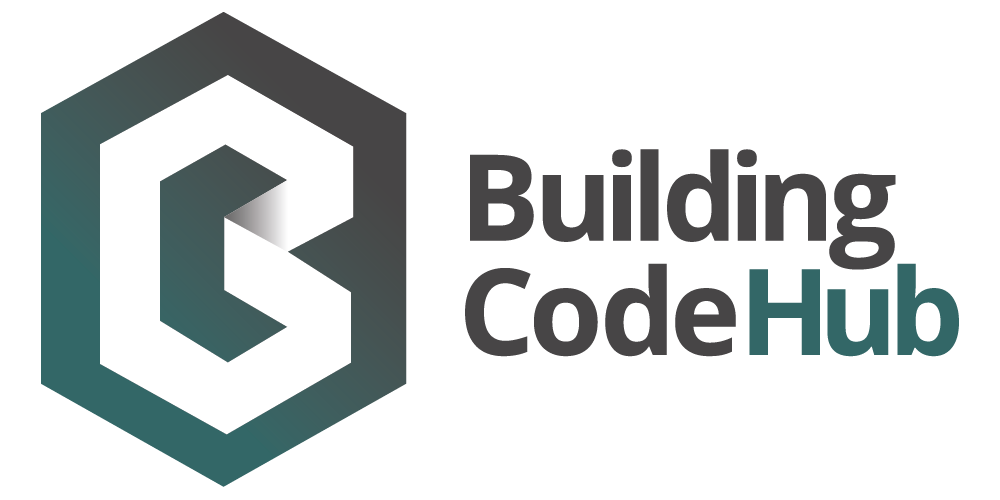Whole-of-Life Embodied Carbon Assessment: Technical Methodology
- Abbreviation
- Whole-of-Life Embodied Carbon Assessment
- Valid from
- 25/02/2022
- Information provider
- Ministry of Business, Innovation and Employment,
- Information type
- Technical recommendation,
- Format
- PDF,
Description
New Zealand has committed to achieving net zero greenhouse gas (GHG) emissions, excluding biogenic methane, by 2050. Achieving this goal will require transformative change in many sectors of the economy – including building and construction, which is responsible for a significant proportion of New Zealand’s total GHG emissions.
This document sets out a proposed methodology for assessing the embodied carbon of new buildings in New Zealand.
While embodied carbon assessments are currently voluntary, this methodology is intended to be able to be used by anyone involved in the design, construction, operation and management of buildings in New Zealand. This includes:
- Designers & building professionals: e.g. architects, engineers, quantity surveyors, building control officials
- Building owners/clients: e.g. property developers, homeowners, property managers
- Builders: e.g. main contractors, house builders, subcontractors
- Construction supply chain: e.g. suppliers of building materials and products, waste contractors.
Scope
This methodology uses a Life Cycle Assessment (LCA) approach to assess embodied carbon across the life cycle of a building.
For the purposes of this methodology, a building’s whole-of-life embodied carbon:
- is the sum of the embodied carbon of the constituent materials and products in the building, to the extent that it includes those elements that make the most significant contribution to the total embodied carbon of the building,
- includes all the emissions associated with these materials and products that occur right across their lifecycle, namely production and manufacture, transportation and construction processes, maintenance activities, and what happens when the building is no longer used (end-of-life),
- excludes emissions associated with the operation of the building, typically from energy used for heating, cooling, lighting, and water consumption.




